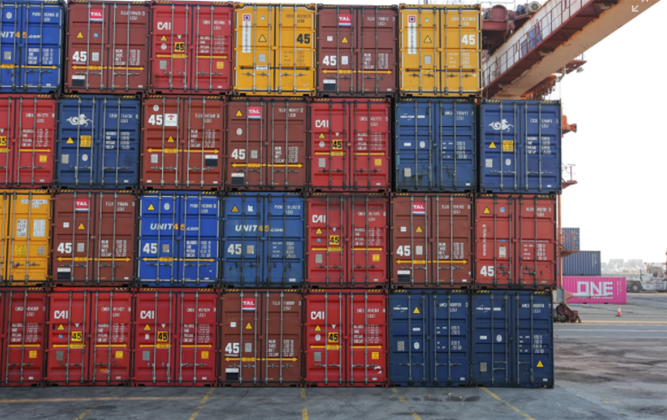Hyper efficient supply chains built to just in time principles seemed like an unqualified success story, but COVID brutally exposed a long-ignored underlying fragility — all that efficiency was achieved at the cost of resilience.

Research by McKinsey Global Institute released in August this year warns that organisations with large extended supply chains should expect major disruptions lasting a month or longer to occur every 3.7 years, with the most severe events having a major impact on the business.
While the COVID disruption is the most dramatic of modern memory the report also highlights the impacts of the Tohoku earthquake and tsunami in Japan in 2011, along with Hurricane Harvey in 2017.
Referencing the impact of climate change the report says that in 2019 alone there were 40 weather disasters that caused more than a billion dollars of damage.
Authors James Manyika, Jonathan Woetzel, Edward Barriball, Mekala Krishnan, Knut Alicke, Michael Birshan, Katy George, Sven Smit, Daniel Swan, and Kyle Hutzler write, "Businesses that successfully implemented a lean, global model of manufacturing achieved improvements in indicators such as inventory levels, on-time-in-full deliveries, and shorter lead times.
The law of unintended consequence
Of course, McKinsey and Co. has a particular subject matter expertise in the topic, having sold lean supply chain consulting for over a decade and arguably contributing significantly to the problem. Indeed the authors themselves note that operating model choices sometimes led to unintended consequences if they were not calibrated to risk exposure.
The problem according to the MGI study is that these supply chain networks were designed for efficiency, cost, and proximity to markets but not necessarily for transparency or resilience.
The risks facing any given industry supply chain is contingent upon the particular types of risks it might be exposed to, and of course to the weakest link in any chain — the vulnerability of any given company.
Hold my beer
Climate change and other natural disasters are not the only risks businesses face. Humans, it transpires are quite capable of global supply chain self-sabotage as well, with military conflicts and terrorism key disruptors.
Cyberattacks are also a growing concern, with the authors describing in the study how a hypothetical cyberattack would, "dwarf the most severe shocks experienced to date."
And of course, the risks of the latter are not merely theoretical, especially in an era of hypercharged digitalisation.
"Increased reliance on digital systems increases exposure to a wide variety of cyberattacks; the number of new ransomware variations alone doubled from 2018 to 2019. Interconnected supply chains and global flows of data, finance, and people offer more “surface area” for risk to penetrate, and ripple effects can travel across these network structures rapidly."
Best and worst
The five most exposed value chains, according to the authors are communications equipment, apparel, petroleum products, transportation equipment and mining.
"Overall, value chains that are heavily traded relative to their output are more exposed than those with lower trade intensity."
On the upside, if your business relies on medical devices, wooden products and fabricated metals you can breathe a little easier. These three value chains are the least exposed.


.png&h=140&w=231&c=1&s=0)


_(22).jpg&h=140&w=231&c=1&s=0)



_(26).jpg&w=100&c=1&s=0)

 iTnews Executive Retreat - Security Leaders Edition
iTnews Executive Retreat - Security Leaders Edition












_(1).jpg&h=140&w=231&c=1&s=0)



